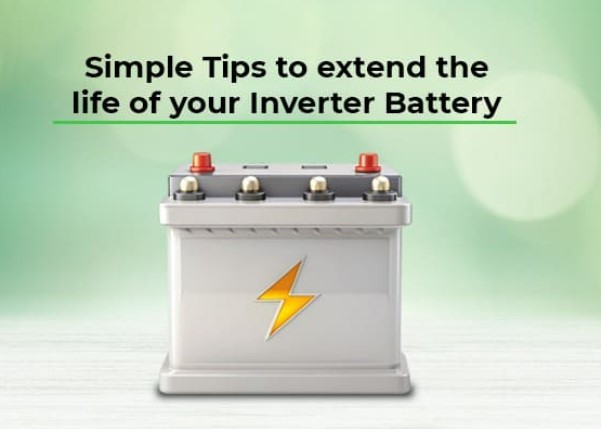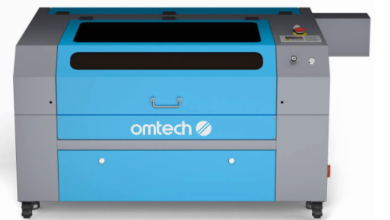7 Best Practices For Maintaining Inverter Battery To Maximize Energy Saving Lifespan

Imagine your inverter malfunctioning suddenly on a shutdown, at a time when you need it most. It’s frustrating, right? A lot of people spend money on a quality inverter and battery system, but unfortunately, neglect proper maintenance. Yes, your inverter battery needs a little attention to keep going strong over the years.
So, how can you ensure your inverter and inverter battery remain durable and safe all throughout the year? This post brings a few basic and simple tips. Let us start.
Why Battery Maintenance Matters?
An inverter without a good battery is like a petrol car with no petrol. You may have the biggest or smartest inverter, but if its power source, i.e., the battery decides to take a break, everything else stops.
Proper maintenance helps in:
- Extending battery lifespan
- Maximising energy efficiency
- Reducing electricity bills
- Preventing unexpected breakdowns
- Saving money in the long run
Best Practices To Maintain Your Inverter Battery
Here are a few simple practices that can keep your entire system running smoothly:
1. Avoiding Overcharging and Undercharging
Your inverter battery can suffer from overcharging and undercharging, leading to reduced performance and reduced life. Charging beyond full is called overcharging, and not fully charging is called undercharging. Both of these can cause permanent damage to the inverter battery.
Letting your inverter battery be completely drained for extended periods wears down its efficiency and capacity. Most modern inverters will do this automatically, but it’s not a bad idea to check often.
Don’t let the inverter battery run down to zero frequently. If power cuts are infrequent, try testing it monthly by switching off your main power and allowing the inverter to run for a little while.
2. Top Up Distilled Water Regularly
This one is key for lead-acid batteries that remain the most popular for storing power in homes. Check the water in each battery cell every 2-3 months. If it is low, fill it with distilled water only and never tap water or bottled water, which has minerals that can damage the battery plates.
3. Keep It Clean and Dust-Free
We might think of dust and corrosion around the battery terminals as being harmless, but in fact, they can interfere with charging and shorten battery life. Clean the terminals using a soft brush and the surface with a clean, dry cloth. Do not pour water over it.
4. Avoid Extreme Temperatures
If you have installed your inverter setup in a hot balcony or a suffocated storeroom, your inverter battery will experience overheating, especially during summer. High temperatures contribute to battery cell degradation and damage.
Move your inverter battery far away from sunlight and damp corners. A well-ventilated and shaded area would be a better location. Also, avoid keeping it near metal or on the ground because it can conduct electricity or heat.
5. Use the Right Load
Over-burdening the inverter limits battery life and energy efficacy. Make a list of critical appliances you want to power during an outage. This includes fans, lights, and WiFi, and only stick to that. Do not plug in heavy appliances such as geysers or irons during power cuts unless the inverter can handle them.
Even with the best of batteries, they will wear out faster if it is constantly pushed beyond their capacity or load.
6. Schedule Regular Inspections
At least every 6 months, perform a full check or have a technician check the inverter battery. This can help you in identifying and resolving any issues that could impact your battery performance and life expectancy, such as loose connections, bad wiring, damaged pieces, or bad cells.
A professional can use professional and specialised tools like load testers, multimeters, or battery analysers to measure and observe the battery parameters, like voltage, resistance, current, capacity, etc. They can also detect and remedy any problems that may occur, like corrosion, leakage, sulfation, and stratification, and restore the battery to its condition and performance.
7. Don’t Let It Sit Idle
If you are moving out or have not used the inverter for weeks, do not leave it just off. Either turn it on every once in a while so that the battery stays active, or else detach the battery entirely, if you’re going to be away for a while. An inverter battery that remains unused for long periods will lose its charge, and some might even get permanent damage if left unattended.
Conclusion
Inverter batteries are not something that you can plug and forget. But the good news? A little bit of time, every few months, can add years to their life and help you save energy and money along the way.
So the next time you’re by your inverter, take a quick look around. A top-up here, a wipe there — and it adds up. That’s right, a well-kept inverter battery means you don’t need to fear unexpected power shortages.





